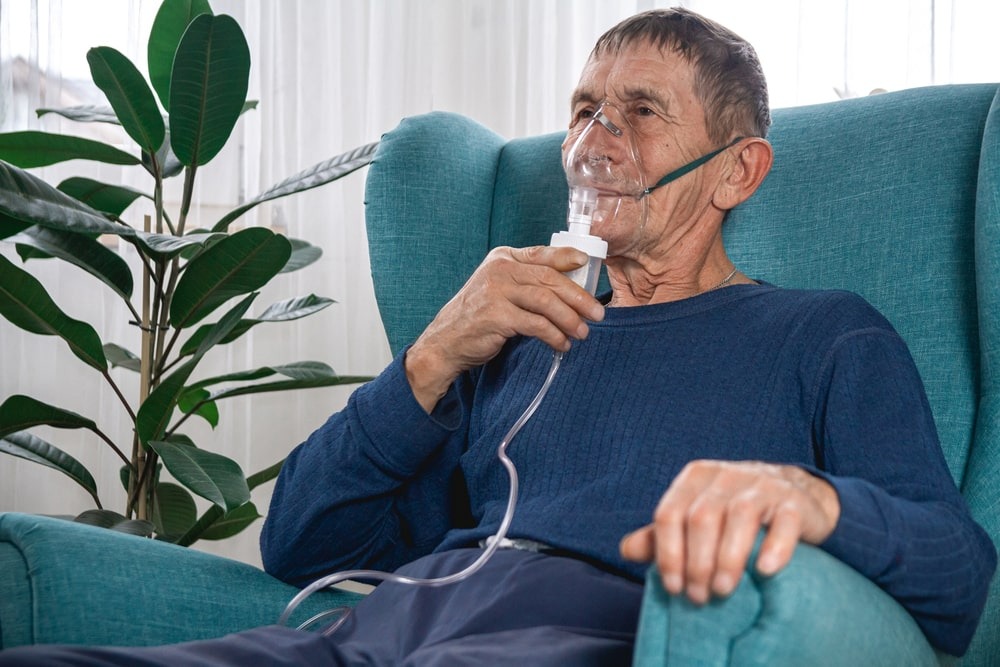In recent years, home-based healthcare solutions have seen a significant rise, especially in vibrant cities like Dubai, where quality of life and comfort are highly valued. Among the various medical treatments now available in domestic settings, oxygen therapy stands out as both essential and life-enhancing for individuals with respiratory challenges. But how safe is it to receive oxygen therapy from the comfort of your home? This question is particularly relevant as more residents seek personalized care options. In the middle of this trend is the growing demand for Oxygen Therapy at home in Dubai, a service designed to deliver oxygen to patients while allowing them the freedom to remain in familiar surroundings.
Understanding Home Oxygen Therapy
Oxygen therapy involves supplying extra oxygen to individuals who are unable to get enough from the air they breathe. Conditions such as chronic obstructive pulmonary disease (COPD), asthma, pneumonia, and even long-term effects of COVID-19 may require supplemental oxygen. When administered at home, this therapy is typically delivered through oxygen concentrators or cylinders, depending on the patient’s needs and the prescribed flow rate.
The safety of oxygen therapy at home hinges on a few key factors: equipment handling, environment, supervision, and user education. When all these factors are properly managed, oxygen therapy can be both safe and highly beneficial.
Equipment and Setup: Built for Safety
One of the strongest points supporting the safety of home oxygen therapy is the advanced technology in today’s equipment. Modern oxygen concentrators come equipped with numerous safety features. These include built-in alarms for low oxygen purity, pressure issues, or electrical faults. Portable units are lightweight, user-friendly, and designed to be fail-safe, ensuring minimal risk for users.
The correct installation and regular maintenance of the oxygen equipment are crucial. Ensuring that tubing is not kinked or damaged and that the concentrator is placed in a well-ventilated space reduces hazards. Additionally, trained technicians often guide patients and their families on how to operate the devices properly, making usage safer and more efficient.
Fire Safety: The Primary Concern
Despite its life-saving nature, oxygen is a highly reactive gas, and one of the main safety concerns revolves around fire hazards. Oxygen itself does not catch fire, but it accelerates the combustion of flammable materials. Therefore, clear safety guidelines must be followed:
- No smoking near oxygen equipment
- Keep oxygen units at least 3 meters away from open flames or heat sources
- Use only fire-safe nasal cannulas and tubing
- Avoid using petroleum-based products like lip balms or lotions
By observing these safety precautions, the risk of fire-related incidents remains very low.
Environment Matters
Creating a safe environment at home is essential when undergoing oxygen therapy. A clutter-free, well-ventilated space with easy access to power outlets and limited exposure to dust and moisture is ideal. Oxygen equipment should always be kept upright and stored in a secure location to prevent accidental tipping or damage.
Additionally, those living in the household must be informed of the basic safety rules regarding the presence of oxygen, including how to shut off the system in case of an emergency and the importance of not tampering with the equipment.
Monitoring and Supervision
Even though patients receive treatment at home, they are not without medical supervision. Regular follow-ups via telehealth consultations or in-person visits ensure that the patient’s condition is monitored and adjustments to oxygen flow rates are made as needed. This professional oversight significantly contributes to the safety and effectiveness of the therapy.
Furthermore, emergency plans are typically established for patients who require oxygen therapy at home. These may include backup oxygen supplies in case of power outages or transportable oxygen cylinders for use outside the home.

Education Empowers Safety
Patient and caregiver education is one of the cornerstones of safe home oxygen therapy. Understanding how to operate the device, change nasal cannulas, recognize signs of oxygen deficiency, and respond to equipment alarms helps create a proactive environment. The more informed the user, the safer the experience becomes.
Educational materials are often provided in multiple languages, and many services offer 24/7 support lines in case of any concerns or technical issues. This ensures that assistance is readily available when it’s needed most.
Psychological and Physical Benefits
Safety aside, receiving oxygen therapy at home offers a range of psychological and physical benefits. Patients often feel more at ease in familiar surroundings, surrounded by family and the comforts of home. Reduced hospital visits lower stress and infection risk, and the convenience of home-based care promotes better treatment adherence.
Enhanced mobility, better sleep quality, improved energy levels, and relief from symptoms such as breathlessness all contribute to a better quality of life. These advantages further support the case for why home oxygen therapy is not just safe—but also highly effective.
Final Thoughts
While there are risks involved with any medical treatment, the structured protocols and technological advancements surrounding home oxygen therapy make it a safe option for many patients in Dubai. With the right equipment, a well-prepared environment, and adequate training, individuals can experience all the therapeutic benefits of supplemental oxygen without compromising their safety. The increasing popularity of Oxygen Therapy at home Dubai highlights the trust people place in this method—and for good reason. It’s a solution that blends medical care with comfort, empowering patients to breathe easier in every sense.





Comments